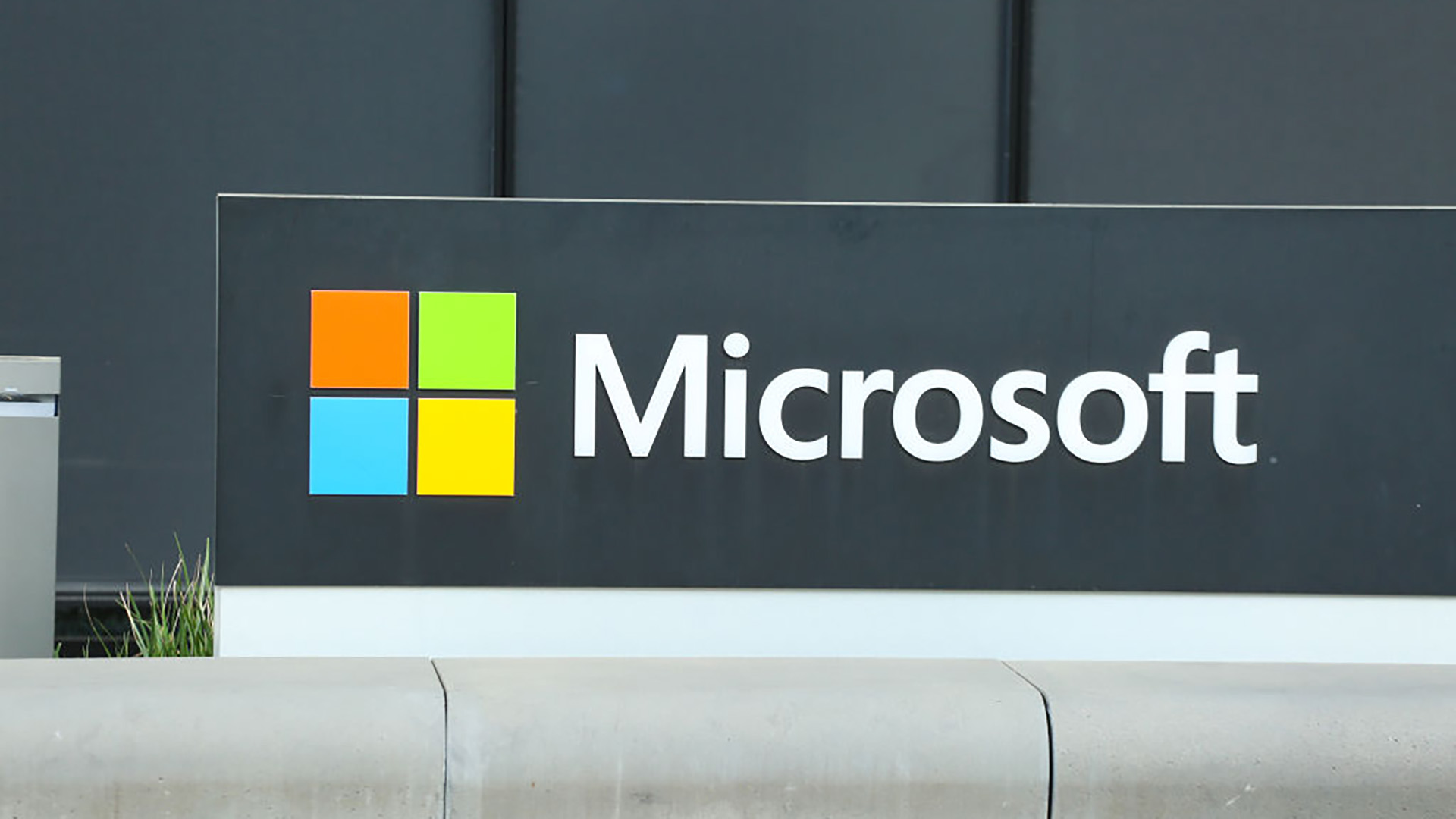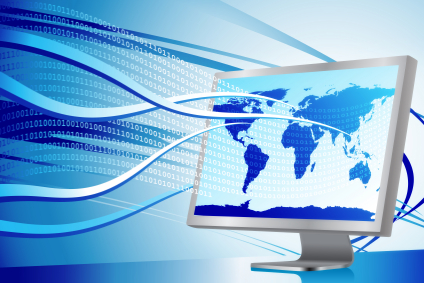Sponsored by BT
Is your small business ready for the move to digital? Key considerations and actions you need to take today
From an initial plan to a full digital service, here is everything you need to know about the digital switch to an all-IP business

The Public Switched Telephone Network (PSTN) is coming to an end, and businesses have until January 2027 to make the move to digital. But like all technology migrations, it’s better to act sooner rather than later.
Landline copper cables are now well-worn, crumbling, and too expensive to maintain and replace. Thankfully, we’ve got the internet, modern computing, and fibre optic cables, which are faster, more reliable, and more cost-effective than legacy telecoms infrastructure.
Full fibre is also available to the majority of SMBs, according to Ofcom’s Connected Nations UK report. As of July 2024, 63% of SMBs in the UK were within reach of a full-fibre network, an increase of 12% from September 2023.
However, it isn’t just the old telephone that will be affected by the switch to digital; the traditional network was a key component for so many technologies and services. Indeed, it has been used by everything from security systems to ATMs and payment devices. For some businesses, this could include security alarms or those used in lifts.
Add to the list video conferencing systems, in-office equipment like printers and fax machines, dial-up point of sale machines, devices used for transactions, and CCTV, and it’s clear that the network is the beating heart of business operations. So the importance of moving from one network foundation to another really cannot be overstated.
Companies like BT believe that now is the time to migrate to fully reap the benefits of the digital switchover. Its own research shows that business leaders understand the benefits of doing so, though its findings also show that only 6% of organizations have started their migration.
Early adopters
Moving to all-IP (Internet Protocol) is an opportunity to reassess communications, reduce costs, and embrace modern, flexible infrastructure, according to Harry Bowlby, managing director of Spitfire Network Services.
However, as Bowlby points out, these benefits are best realised when the switch is planned, and not a last-minute panic.
“Acting now means businesses can take advantage of the stronger SLA (service-level agreement) terms that are in place today on the latest Openreach and communications provider All IP services, rather than grappling with diminished support on legacy Openreach services after 2025,” Bowlby says.
“It means they can avoid the growing wave of demand that will hit in 2026 and take the time to select a solution that’s genuinely fit for purpose. It also gives IT teams and providers the breathing room they need to implement, test, and refine systems — so that the switchover is seamless, rather than disruptive.”
Steps to prepare for the digital switchover
The first port of call is to create a detailed migration plan as soon as possible. You should assess your current setup, all the systems and equipment that will be affected, and work out your budget. A well put-together roadmap not only helps you migrate, but it also makes it easier for the rest of your business to come on board, understand the changes, and ultimately prepare them for any disruptions.
Tracey Wright, the chair of the Comms Council UK, advises businesses to begin by auditing their current communications setup, including phone lines, alarms, and payment terminals, to understand what relies on legacy copper lines.
She then suggests they engage early with their telecoms provider to discuss migration options and ensure they have a clear roadmap tailored to their needs.
“Some services may be more of a priority than others, such as safety-related services and business-critical tools,” Wright says. “It’s particularly important to check whether these require specialist solutions or battery backup in the event of power cuts.”
Switching to digital can mean navigating complex infrastructure, which needs a cohesive strategy. This should be defined through the collaboration of business leaders and IT managers. BT advises organizations to assign clear leadership, with both organizational and technical perspectives, to communicate the plan around the business.
BT also suggests identifying specific business benefits; what are the end goals, and how does the migration align with the strategic targets of the business? It also urges companies to identify the potential pitfalls that may come with the digital switch – though this is largely about addressing issues ahead of time to minimize disruption.
Introducing any new technology to the workplace will inevitably slow down operations, at least in the short term. How disruptive the shift is will depend on how well a business can learn to use new software or devices. This comes down to a willingness to be transparent about changes and focus on training.
“Equally, businesses should see this transition as a chance to future-proof their communications," Wright adds.
“Digital solutions, such as VoIP, not only provide a solution to the digital switchover but also unlock new opportunities for integration, collaboration, and cost savings. The shift to digital will enable greater flexibility and scalability, ensuring that businesses remain competitive in a rapidly evolving market. Taking these steps now will help ensure a smooth transition and minimise any disruption as the switch-off approaches.”
BT is leading the way when it comes to the digital switchover, and it offers customers a comprehensive migration plan. The telecoms giant can help audit technology and deploy solutions that work best for your business, particularly smaller firms that often lack the necessary in-house resources or expertise.
Sign up today and you will receive a free copy of our Future Focus 2025 report - the leading guidance on AI, cybersecurity and other IT challenges as per 700+ senior executives
Bobby Hellard is ITPro's Reviews Editor and has worked on CloudPro and ChannelPro since 2018. In his time at ITPro, Bobby has covered stories for all the major technology companies, such as Apple, Microsoft, Amazon and Facebook, and regularly attends industry-leading events such as AWS Re:Invent and Google Cloud Next.
Bobby mainly covers hardware reviews, but you will also recognize him as the face of many of our video reviews of laptops and smartphones.
-
 Google launches flagship Gemini 3 model and Google Antigravity, a new agentic AI development platform
Google launches flagship Gemini 3 model and Google Antigravity, a new agentic AI development platformNews Gemini 3 is the hyperscaler’s most powerful model yet and state of the art on almost every AI benchmark going
-
 Microsoft unveils Foundry overhaul for managing, optimizing AI agents
Microsoft unveils Foundry overhaul for managing, optimizing AI agentsNews The hyperscaler is aiming to simplify AI agent oversight, as organizations grapple with the increasingly complicated business of processing and paying for outputs
-
 The move to a digital network and its role in the bigger picture of achieving true digital transformation: how SMBs can set themselves up for success
The move to a digital network and its role in the bigger picture of achieving true digital transformation: how SMBs can set themselves up for successSupported Beyond the dial tone, the digital switchover is the key to SMB success
-
 What exactly is IP, and why does it matter right now?
What exactly is IP, and why does it matter right now?Supported The future is calling: IP really will be a lifeline for small businesses...
-
 The analogue to digital switchover affects way more than landlines: Why small businesses need to take action now
The analogue to digital switchover affects way more than landlines: Why small businesses need to take action nowSupported The shift away from PSTN is about more than just new tech – sticking with the old system is not an option
-
 What is the digital switchover, and why does it matter to small businesses?
What is the digital switchover, and why does it matter to small businesses?Supported Adopting IP systems reduces costs and unlocks new innovation

